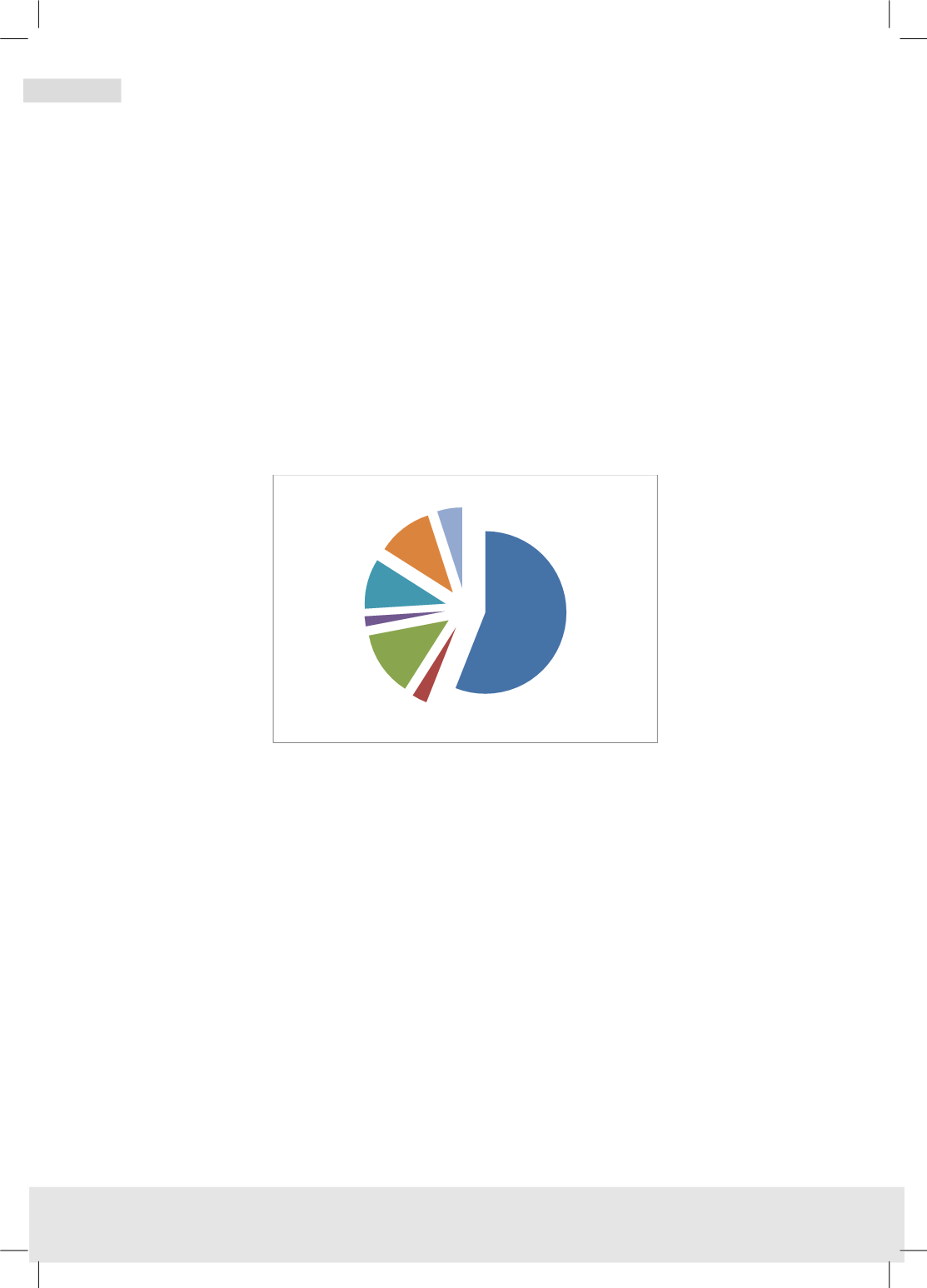

126
2016
أوابك العلمية لعام
�
ص لبحوث العلمية الفائزة بجائزة
�
عدد خا
مجلة النفط والتعاون العربي
161
العدد
- 2017
أربعون
المجلد الثالث و ال
Re-refining of Used Lubricating Oil and its Economic and Environmental Implications
3
3.
Sources and evaluation of used lube oils.
3.1
Sources of used lubricating oils
Used lubricating oils can come from different sources. As illustrated in Figure 1, the
automotive industry generates the highest amount of used lubricating oil. It is by far the
largest segment. The used lubricants consist of crankcase oil and transmission fluids
and it can be sourced from service stations, do-it-yourself oil changers, motorists, etc.
Second only to the automotive industry is the industrial sector. Industrial waste oils
may be either lubricating or non-lubricating and include turbine oils, gas engine oils,
refrigeration oils, heat transfer oils, compressor oils, hydraulic oils and metal cutting
oils, among others. The other sources of used lubricating oils are the marine and power
sectors which represent a non-negligible portion of the used oil generated.
Figure 1 Breakdown of the sources of used lubricating oils
Source
: Bharat Petroleum Corporation as cited in UNEP (2012).
As mentioned in the Basel convention, used lubricating oils represent a significant
portion of the volume of organic waste liquids generated worldwide. While used oils of
industrial origin are slightly deteriorated and can be easily regenerated through a
simple purification process, those originating from the automotive segment are darker
and require more sophisticated processes in order to be regenerated into useful base
oils.
Automotive
Lubricants;
56%
Greases;
3%
Hydraulic
Oil; 13%
Industrial
Gear Oil;
2%
Process
Oils; 10%
Other
Industrial
Oils; 11%
Marine
Oils; 5%
















